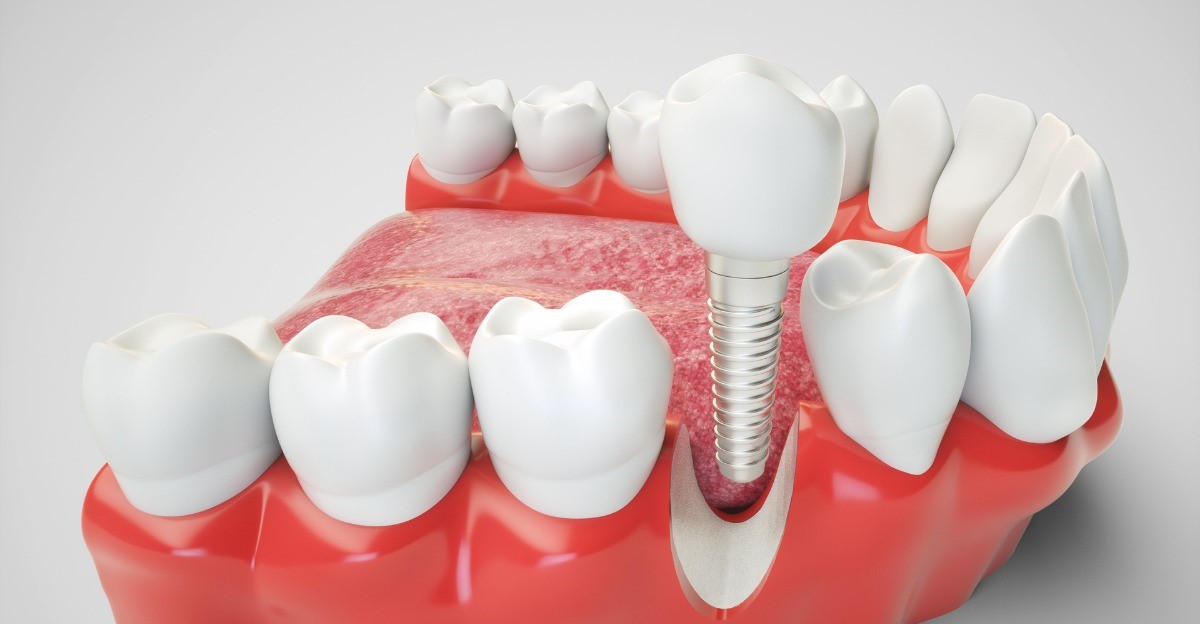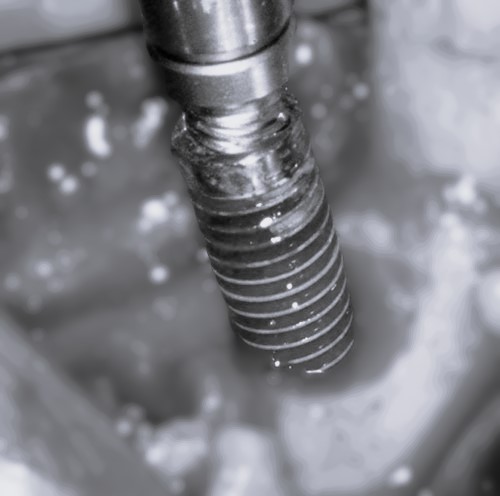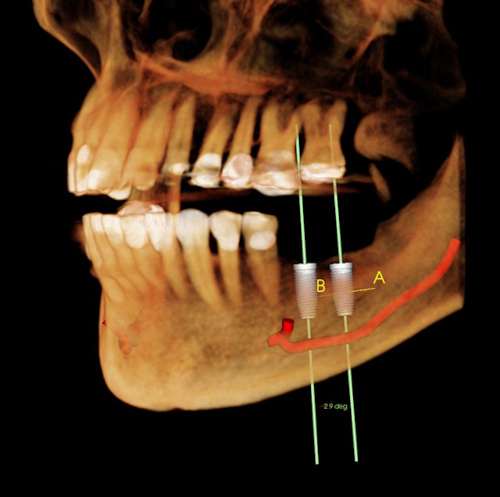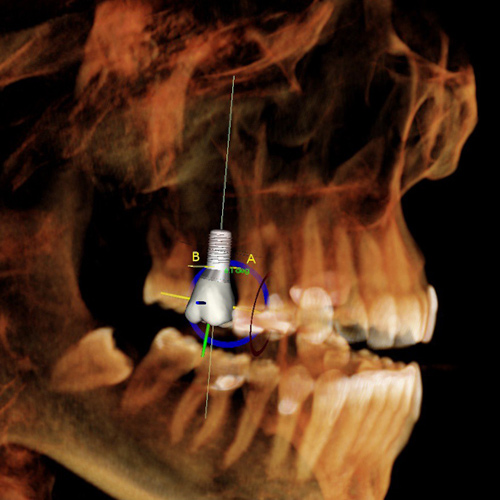La colocación de uno o más implantes dentales implica riesgos. Como con cualquier tratamiento dental, médica y el procedimiento quirúrgico, el riesgo cero no existe. Entre las complicaciones encontradas encontramos...
El objetivo de cualquier cirujano dentista es minimizar los riesgos gracias a un estudio preoperatorio que mostrará una lista de los factores que aumentan los riesgos durante la colocación de implantes dentales El paciente debe ser informado de todos los riesgos y peligros inherentes en el campo de la implantología operación aunque no es posible mencionarlos a todos. A continuación encontrará una lista no exhaustiva de los riesgos y de los medios para evitar o tratar con ellos.
Los principales riesgos de los implantes dentales
Periimplantitis: el Rechazo de los implantes dentales
La periimplantitis es el término médico para la infección que se produce alrededor de un implante dental. También se llama implante dental rechazo. Se produce en los tradicionales implantes dentales, principalmente debido a que es causada por una bacteria encontrar en la superficie rugosa de estos implantes un lugar ideal para desarrollar. (La basal del implante está hecha de suave titanio, casos de la periimplantitis son inexistentes). Esta enfermedad infecciosa se caracteriza por la inflamación de la peri-implante forro, sangrado y/o la supuración, y la pérdida de hueso alrededor del implante. Se puede comparar a la periodontitis en los dientes naturales. La periimplantitis se distinguen de las peri-implante osteítis, que es debido a los mayores infecciones en el hueso.

Implante Dental de la infección
Peri-implante osteítis, más comúnmente conocido como el implante dental de la infección, se produce principalmente cuando las bacterias están presentes en el hueso antes de que el hueso se coloca. Esta infección se encuentra principalmente en los implantes dentales. La basal del implante rara vez se ve afectado por este tipo de infección gracias a su superficie lisa y de un diámetro muy pequeño. La infección y las bacterias son naturalmente evacuados siguiendo la superficie del implante, sin encontrar ningún obstáculo. Con un tradicional implante dental, las bacterias quedan atrapadas en el tejido óseo y se desarrollan principalmente en el ápice.
Cómo curar la periimplantitis o peri-implante osteítis
Hasta la fecha, no se conoce ningún tratamiento eficaz para curar la periimplantitis y la infección alrededor del implante dental. Todos los intentos para limpiar y planificar el implante son inútiles porque las nuevas bacterias se forman constantemente en la boca. Algunos dentistas intento de pulir el implante dental (en lugar de directamente a través de un suave implante), pero el único beneficio es frenar el desarrollo de infecciones. El pulido de los materiales que son difíciles de eliminar y causar heridas e infecciones. En casos raros, la infección se detiene en su propio: Este fenómeno se observa principalmente cuando el implante llegue a más mineralizada partes del hueso (hueso cortical).
Hoy en día la ciencia está de acuerdo, no hay fiable terapias para la periimplantitis. Hasta la fecha, 2-fase de la retirada del implante es la única 100% segura manera de evitar esto. enfermedad.
Basal implante dental, implante sin rechazo

El daño al nervio dentario inferior (NDI)
El nervio dental se ejecuta a través de la mandíbula inferior. Cuando la colocación de una tradicional implante, hay un riesgo de daño a este nervio cuando la perforación con un diámetro grande. Los resultados pueden ser muy incómoda para el paciente. Parálisis o pérdida de sensibilidad en un lado de la cara, los labios y los dientes. A veces el nervio simplemente puede haber sido afectada sin ser dañado. En este caso, la pérdida de la sensación es temporal.

La perforación del seno durante la colocación del implante dental
La perforación del seno es rara y no es necesariamente debido a una mala ley de la dentista. Tejido óseo no es una superficie plana, pero de forma irregular y el nervio puede a veces tener bifurcaciones. La perforación en el tradicional campo de la implantología es amplia y el margen de error es menos importante. Perforación sinusal puede ser administrado de forma bastante sencilla, pero requiere de varias visitas.
Nuestra clínica ya no realiza injertos de hueso. Si el paciente sufre de una falta de hueso o si al menos una mandíbula completa debe ser restaurado, se le ofrecerá la basal implante

Extracción tradicionales de un implante dental
La extracción o remoción de un tradicional (clásica) de implantes es un procedimiento complejo que se realiza sólo en el caso de que el implante dental experiencias de rechazo o se ha infectado. Este procedimiento resulta en un tiempo de larga curación y en la mayoría de los casos requiere un injerto de hueso. De hecho, la eliminación de los implantes dentales conduce a una pérdida significativa de volumen de hueso. Después de la extracción o remoción de un implante dental, hay 3 posibles soluciones:
- La colocación de una prótesis removible
- El injerto óseo y la colocación de un nuevo implante tradicional
- La colocación de los implantes (basals)
Esta última solución sólo será viable si la totalidad de la mandíbula es ser tratado en implantología basal.

